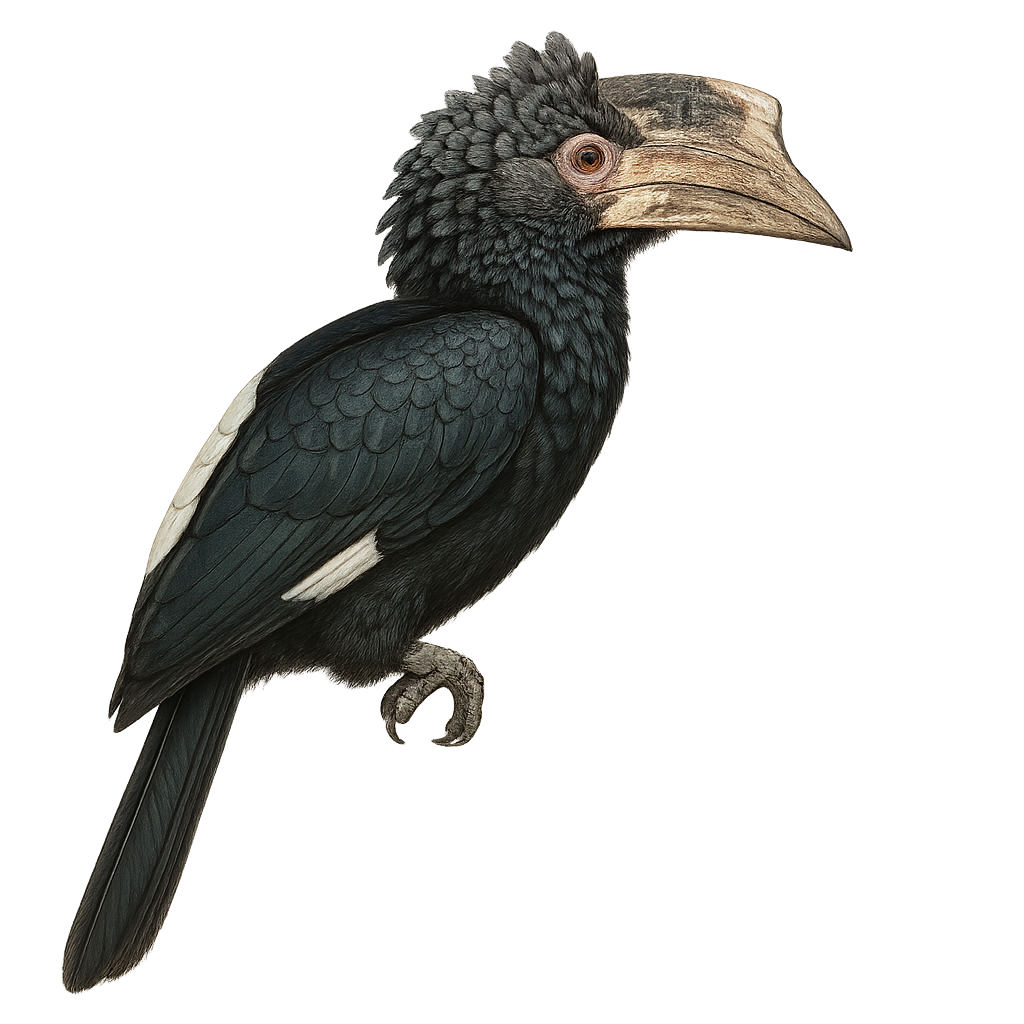Your wildlife photography guide.
Explore the silvery-cheeked hornbill in detail, study its behavior, prepare your shots.
Where to observe and photograph the silvery-cheeked hornbill in the wild
Learn where and when to spot the silvery-cheeked hornbill in the wild, how to identify the species based on distinctive features, and what natural environments it inhabits. The WildlifePhotographer app offers tailored photography tips that reflect the silvery-cheeked hornbill’s behavior, helping you capture better wildlife images. Explore the full species profile for key information including description, habitat, active periods, and approach techniques.
Silvery-cheeked Hornbill
Scientific name: Bycanistes brevis

IUCN Status: Least Concern
Family: BUCEROTIDAE
Group: Birds
Sensitivity to human approach: Suspicious
Minimum approach distance: 10 m
Courtship display: February to April
Incubation: 38-40 jours
Hatchings: March to May
Habitat:
Tropical forests, wooded savannas, transitional zones
Activity period :
Primarily active during the day, with peak activity in the morning and late afternoon.
Identification and description:
The Silvery-cheeked Hornbill, Bycanistes brevis, is a striking bird known for its large size and distinctive appearance. It features silvery cheeks and a massive bill topped with a casque. This hornbill is primarily black with white feathers on its wings and tail. It inhabits the tropical forests of East Africa, from southern Ethiopia to northern South Africa. Its diet mainly consists of fruits, but it also eats insects and small animals. The Silvery-cheeked Hornbill is a social bird, often seen in small groups. It plays a crucial role in seed dispersal, aiding forest regeneration. Although its conservation status is currently "Least Concern," deforestation poses a threat to its natural habitat.
Recommended lens:
400mm – adjust based on distance, desired framing (portrait or habitat), and approach conditions.
Photography tips:
To photograph the Silvery-cheeked Hornbill, it is advisable to use a telephoto lens of at least 400mm to capture detailed images from a distance. Look for tropical forest areas where these birds are active, especially in the morning when the light is soft. Be patient and discreet to avoid scaring them away. Use a tripod to stabilize your camera and achieve sharp images. Take advantage of moments when the hornbill is feeding or interacting with other birds to capture interesting behaviors.
The WildlifePhotographer App is coming soon!
Be the first to explore the best nature spots, track rutting seasons, log your observations, and observe more wildlife.
Already 1 439 wildlife lovers subscribed worldwide

